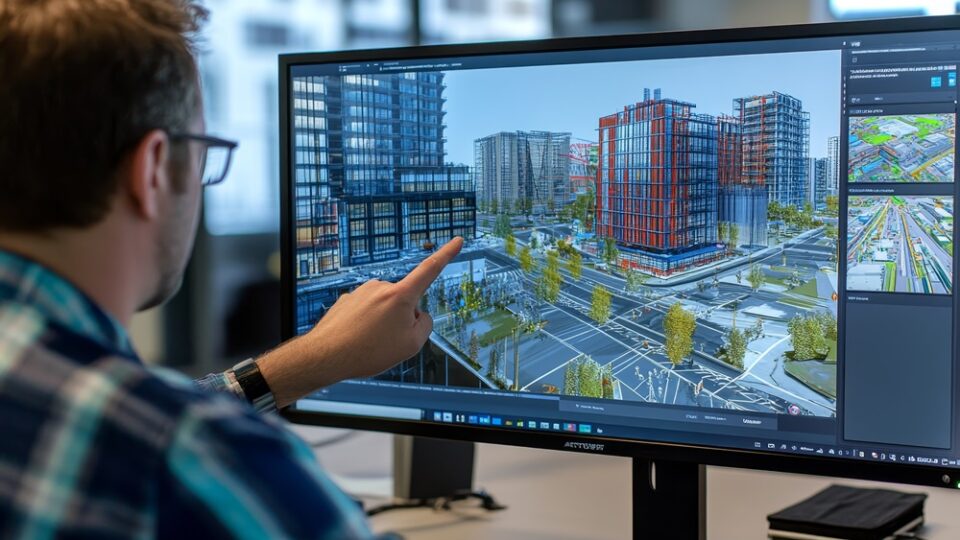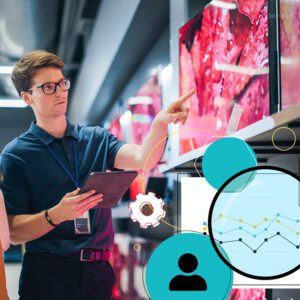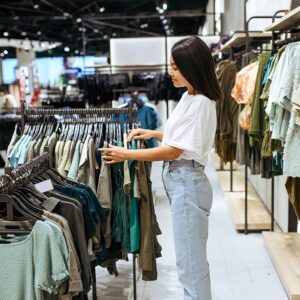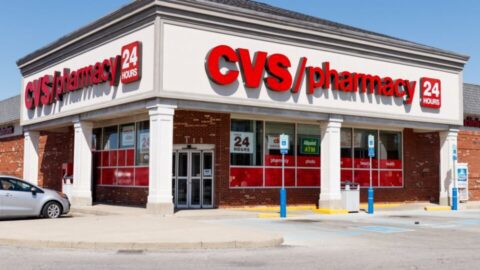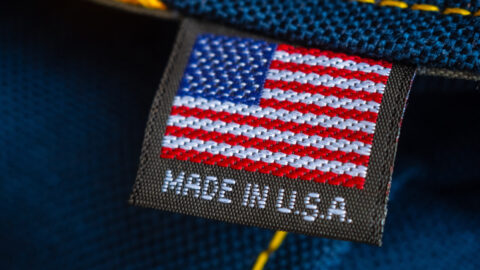When retailers discover that a particular product isn’t selling as well as it normally does, there are many potential explanations. Is there a new, similar product on a nearby shelf that’s priced for less, or one that’s being heavily promoted by the manufacturer? If it’s a new product, has it been placed in the correct aisle? Is it placed near enough to eye level for shoppers to easily find it?
Retailers’ first step is finding the cause; the next, more difficult step is figuring out which actions will be most effective in remedying the situation. This is made more complicated because there can be numerous interacting causes for a product to sell poorly. And to add another layer of complexity, actions taken to relieve one problem can cause others to sprout. Finding the right answer can require multiple tests, which take time and money.
However, home improvement retailer Lowe’s has leveraged AI-powered solutions to create 3D digital twins of all its stores, each of which is now being updated multiple times per day to accurately reflect what’s going on in the real-world brick-and-mortar location. The digital twin gives merchandisers a video game-style interface that allows them to virtually move products, fixtures and displays to help them determine optimal product placements as well as a host of other store-level decisions.
These digital twins do more than simply reconfigure pixels, however: “A digital twin that uses ‘physics AI’ means it understands the weight, depth and size of these products, which really matters,” said Azita Martin, VP and General Manager, Retail and CPG at Nvidia. This capability is particularly important at Lowe’s, which carries products that can be as light as a single nail or as heavy as a refrigerator. Lowe’s uses an Nvidia/Dell platform in each store to support its AI-based solutions.
Martin was joined by Randy Lack, General Manager, Computer Vision, AI and Retail at Dell Technologies, and Seemantini Godbole, EVP, Chief Digital and Information Officer at Lowe’s, during a 2025 NRF Big Show session, How Lowe’s Leverages AI to Become an Agile Digital Retailer. (At another NRF session, additional AI successes at brands including Walmart and L’Oréal using Nvidia solutions also were discussed.)
Birthing Digital Twins for Lowe’s Entire Store Fleet
Godbole gave an example of the time savings and insights these digital twins have helped Lowe’s achieve. Users can “mark the SKUs that aren’t selling as well as we want them to in the lighting aisle, for example,” she said. “Can we just remove them? Replace them with other products? They can test this out visually within the digital twin.
“We do have a physical space, the Lowe’s Design Center, and we do [these types of experiments] there,” Godbole added. However, “what if we gave our people the ability to do hundreds of experiments even before going into the physical space? They might choose three out of these hundreds of simulations, and then they can try each of these in the physical space.”
“Optimizing layouts in the physical world is very capital-intensive and disruptive, but with a physics-based omniverse simulation platform, you can simulate different layouts and see how objects and people behave in them, and more accurately estimate what the throughput would be,” said Nvidia’s Martin. “There are also opportunities to bring [the impact of] robotics and generative AI into the digital twin. In a simulation environment, you could ‘train’ robots to drive automation for some of the work that humans don’t want to do, like lifting large boxes.”
With each store’s digital twin updated several times per day, “it shows, for example, when people have bought a bunch of products [that day],” said Godbole. “You could be sitting in Lowe’s headquarters and store-walking any store without actually being there.”
Giving Store Associates Superpowers
Lowe’s also has embraced generative AI, via a chatbot available on the Zebra handheld devices used by its 300,000+ store associates. “If it’s a complex product, the associate can ask the chatbot assistant if they don’t have enough information,” said Godbole. “We have people in our stores that have worked there for 10 or 15 years, but this gives you a head start if you’ve only worked there for six months.
“We think about gen AI tools as giving superpowers to associates, and we’re close to that vision,” she added. “When the associate comes to the customer, they feel confident that they have all the tools to help that customer.”
Lowe’s also is planning to roll out chatbots for its customers this spring, one of the retailer’s busiest seasons. “We’ll have a system where you’ll be able to go and ask questions: How do I build a deck? What flowers grow best in my area?,” said Godbole. “The assistant will really help you and give you ideas, and also let you buy the product right in the gen AI experience.”




